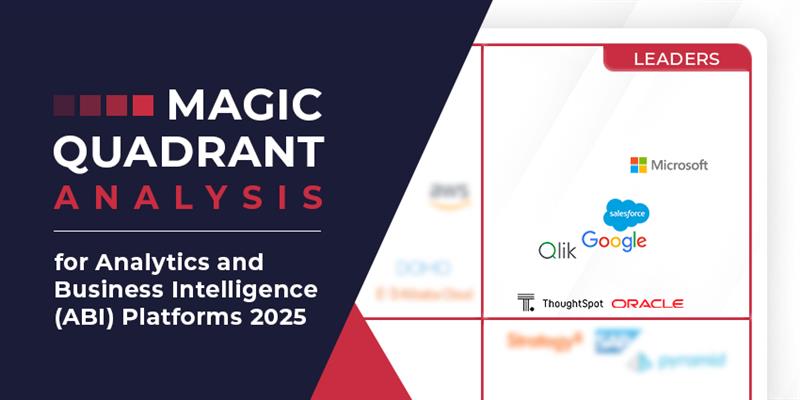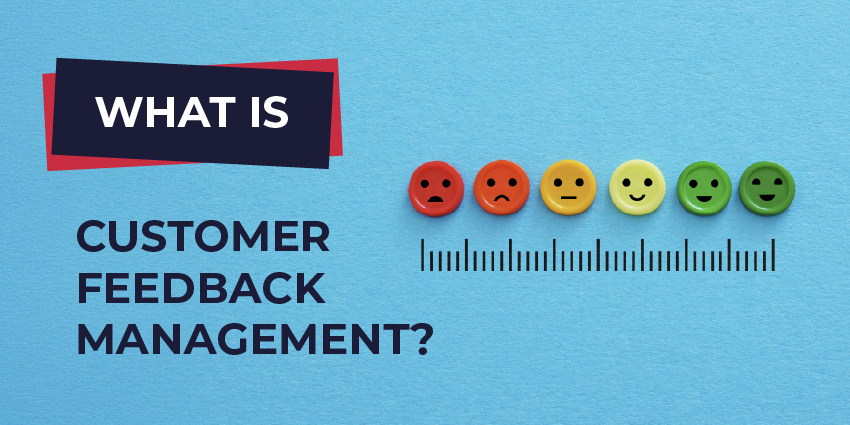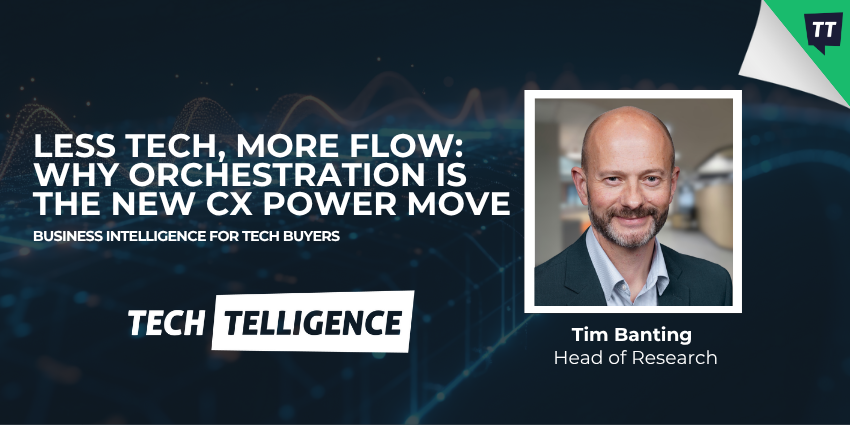The Gartner Magic Quadrant for Analytics and Business Intelligence (ABI) platforms 2025 looks remarkably similar to the previous year’s edition.
While there are some movers and shakers, continuity is the ultimate winner.
Set against the backdrop of rapid AI advancement, that’s perhaps the biggest takeaway as ABI providers draw a breath and brace for market disruption.
Besides continuity, Alibaba may consider itself the winner, edging closer to the Leader quadrant. Meanwhile, Zoho and GoodData seem set to break free of the Niche Player category soon.
Google and Qlik have compounded their status as Leaders, with Microsoft staying at the market’s forefront.
Sisense is a notable slider, falling further into the Niche Player category despite being on the verge of the top-right quadrant just two years ago.
Sigma is the only new entrant in this year’s comprehensive report, with Omni possibly the most prominent BI provider not to feature in the report.
A Definition for Analytics and Business Intelligence (ABI) Platforms
Analytics and Business Intelligence platforms allow businesses to connect data streams and build models, dashboards, and visualizations around that data.
From there, brands can glean and share insights, spot pain points, and predict trends to enhance business operations.
Yet, as AI matures, the ABI space will shift. Users will soon want to ask questions in plain English and get a dashboard that didn’t exist five minutes previously, a dashboard where even the parameters weren’t defined in advance.
In this sense, the walls of traditional analytics platforms are disappearing.
Some ABI platform providers are more ready for this future than others. As such, vision is more critical than ever, as Gartner weighed its 20 participating vendors.
The analyst also assessed each participant’s ability to execute before sorting them into four groups: Leaders, Challengers, Visionaries, and Niche Players. Here’s how they performed.
Gartner Magic Quadrant Leaders
Leaders in the Magic Quadrant demonstrate a “solid” understanding of critical product capabilities, proof of value, and a roadmap to cement their market leadership. They can also offer advanced analytics without necessitating extensive consultation and IT expertise. This year’s Leaders are:
- Microsoft
- Salesforce (Tableau)
- Qlik
- Oracle
- ThoughtSpot
Microsoft
Microsoft again leads the Magic Quadrant with its Power BI solution, with Gartner commending its “dominant” market presence.
The analyst also lauds Copilot for Power BI and how it boosts productivity within data and analytics (D&A) workflows, alongside the platform’s integration with Microsoft Fabric. That integration places the ABI platform at the heart of a deep D&A ecosystem.
Another strength not noted by Gartner is its Microsoft 365 integration, which helps democratize insight across the organization. Again, this underlines Power BI’s appeal to enterprises that have invested heavily in the Microsoft platform.
Salesforce (Tableau)
Salesforce wins plaudits for its data preparation tooling and automated insights, which aid users in analyzing data “more effectively”. The launch of Tableau Next should extend these capabilities.
Additionally, Gartner pinpoints flexibility, scalability, and a “strong user community” as core strengths, with users considered active partners in developing Tableau’s roadmap. The burgeoning community also ensures customers have access to a high availability of talent.
Beyond the Magic Quadrant analysis, observers typically hold Tableau in high regard for its data visualization capability, embedded BI, and generative AI (GenAI) functionality.
Google excels in its platform governance and administration, controlling access to analytics content and allowing users to identify data sources via an API.
Gartner underscores this and applauds Google Looker’s “robust” open architecture, semantic layer, and “simplified” pricing model. The latter allows customers to upgrade as their modeling and analytics strategies evolve, making costs more predictable.
Surprisingly, Gartner doesn’t mention how the search giant’s significant investment in integrating Looker with BigQuery, Workspace, and Gemini bolsters its proposition.
Also noteworthy is how Google supports on-premise and cross-cloud deployments of Looker, unlike its fellow hyperscalers, namely AWS and Microsoft.
Qlik
Qlik demonstrates a track record for “renewed customer success”, with Gartner pointing toward its comparatively high customer satisfaction and retention ratings.
The analyst also trumpets Qlik’s “associative model differentiation” and cloud- and application-agnostic approach. That approach appeals to buyers with multi-cloud deployments covering a broad spectrum of enterprise apps.
Gartner doesn’t, however, highlight how Qlik has proven ahead of the curve in anticipating the commodification of BI platforms, making timely enhancements to its D&A workflow automation.
Oracle
The Oracle Analytics Cloud integrates closely with the tech giant’s Fusion Data Intelligence. That allows it to offer pre-packaged data analytics, integrations, and models for its horizontal apps, from finance to CRM.
Gartner praises this business application integration, alongside Oracle’s “market-leading” data preparation capability and AI enhancements. Many of those AI enhancements gear toward distributing automated insights and bolstering data storytelling.
While Oracle doesn’t push its offering outside its internal ecosystem, the Analytics Cloud is one of the most comprehensive solutions on the market and a robust option for those already utilizing its CRM and ERP solutions.
ThoughtSpot
ThoughtSpot autonomously spots anomalies in a dashboard, visualizes them, and gives users the tools to analyze them. That’s an excellent example of the “automated insights and natural language query capabilities” that Gartner isolates as a core strength.
The ability to embed ThoughtSpot’s BI functionality into apps and have analytics trigger actions within them is also a powerful capability bookmarked by Gartner. Meanwhile, the analyst also praises its “increasing market interest”.
Other strengths that Gartner didn’t spotlight include its broad cloud deployment options and full-stack data, analytics, and AI platform.
Gartner Magic Quadrant Challengers
Challengers in the Magic Quadrant enjoy strong market positioning, aided by a track record for delivering positive results across specific ABI use cases. However, they may trail leaders in coordinating products, innovation depth, and CX. This year’s Challengers are:
- Amazon Web Services (AWS)
- Alibaba Cloud
- Domo
Amazon Web Services (AWS)
AWS draws praise for its “transparent pricing”, which starts at just $3 per user per month. Meanwhile, the report also commends its serverless architecture, which enhances scalability, and its integrated global cloud service.
The cloud juggernaut also has strengths in its augmented BI, serving up single-click machine learning models to non-technical users. Its natural language query and generation capabilities are also robust.
While Gartner didn’t note these strengths, it did highlight prospective cautions. Chief among these are its “confined deployment options”, as the solution sits best on the AWS cloud.
Alibaba Cloud
Alibaba Cloud is leaning into BI agents that build dashboards, analyze data, interpret data, make predictions, and diagnose issues. Such “AI and agentic enhancements” earn plaudits from Gartner.
Additionally, the analyst lauds its Quick BI platform’s accessibility, “flexible pricing”, and specialized features for Chinese users, including big screen visualizations and specialized workbooks for creating complex reports.
However, the report portrays its support services beyond the Asia/Pacific market, its integrations with non-Alibaba Cloud products, and its global community as limited.
Domo
Domo excels in its “data connection and preparation capabilities”, with advanced features to manage pipelines and 1,000+ connectors to prominent data systems. Gartner recognizes this while crediting Domo’s AI agent strategy and ability to embed BI features into various third-party apps and portals.
Other differentiators not noted in the study include Domo’s capacity-based pricing, role-based personalization, and longstanding reputation for delivering positive customer experiences.
Yet, according to Gartner, it trails market leaders as it’s still largely pegged to the US and Europe. The analyst also suggests that it has “limited natural language query” features.
Gartner Magic Quadrant Visionaries
Visionaries in the Magic Quadrant showcase a differentiated yet adept view of the ABI platforms of tomorrow, providing advanced functionality that aligns with their vision. Nevertheless, they may lack the scale, growth, and execution track record of market leaders. This year’s Visionaries are:
- Pyramid Analytics
- SAP
- Strategy
- SAS
- Tellius
- IBM
Pyramid Analytics
Pyramid Analytics presents an ABI platform with adaptive AI that takes user feedback, refines its responses, and – over time – delivers better outputs.
That’s a core strength of the platform, alongside its “accessible metrics layer” and “multipersona data prep experiences”, which provide four different experiences for prepping data for analytics.
However, according to Gartner, its constrained market reach and challenges regarding its learning experience are issues holding Pyramid back from achieving Leader status.
SAP
Like Oracle, SAP doesn’t promote its Analytics Cloud outside its ecosystem. Nevertheless, the ABI solution is a feature-rich option for its broader install base, for which SAP can deliver reduced total cost of ownership (TCO).
That’s according to Gartner, with the analyst praising the solution’s strong integration within the SAP ecosystem, alongside its “tailored industry applications” and “strong platform administration”.
However, its support for two of the three most prominent cloud architectures – Google Cloud and Microsoft Azure – is still on the roadmap. Meanwhile, Gartner claims that it lacks functional differentiation (somewhat ironic given its visionary status).
Strategy
Strategy, formerly MicroStrategy, is a popular choice for larger enterprises working in hybrid environments that want to install embedded, connected BI capabilities.
Surprisingly, Gartner doesn’t note this strength, instead lauding its “composable analytics”, “analytics governance”, and “new branding”, with the latter offering it a chance to overcome perceptions of being a legacy vendor, per the analyst.
Across verified customer review sites, customers have – however – cautioned about the complexity of managing deployments. Yet, Gartner instead pokes holes in its “lack of surrounding data” and “application ecosystem”.
SAS
SAS isn’t best known for ABI, yet its Visual Analytics product fits well into its enterprise portfolio, with strong organization-wide reporting and forecasting capabilities.
Gartner notes this while praising SAS’s AI and agentic at the core approach, which includes conversational intelligence embedded across the analytics lifecycle. Yet, the provider pairs this AI-centric approach with a governance, privacy, and trust commitment that Gartner lauds.
In terms of cautions, the analyst highlights a “consistent pattern of price increases” alongside limited adoption. Nevertheless, the latter isn’t surprising, as SAS doesn’t lead with its ABI; it’s largely pulled through as an option as part of larger enterprise deals.
Tellius
“There’s no wrong way to ask. Data finally talks back.” As its promise suggests, Tellius differentiates through its natural language query capabilities, which Gartner describes as “strong”.
Per the report, other strengths include its automated insights, customer centricity, and sector-specific strategy, with the vendor excelling in industries like pharma and customer packaged goods.
It falls back in its market presence beyond North America, while Gartner also highlights product gaps, including API integrations for activities like publication workflows.
IBM
IBM earns credit in the Magic Quadrant for its “AI investments and vision”. Critically, the tech giant has built those investments on a rich semantic layer, ideal for GenAI-based capabilities.
Gartner also commends IBM for its “vertical industry strategy” and “robust and customizable enterprise reporting”, with the latter allowing users to customize report layouts for different stakeholders, internal and external.
A common concern with IBM is its overlapping products, like the Cognos Assistant and watsonx BI. Gartner overlooks this but warns of reduced market momentum.
Gartner Magic Quadrant Niche Players
Niche Players have built a market presence by excelling in a particular sector or use case, meeting the requirements of particular partners with a specific tech stack. Yet, deeper functionality is limited, as is their ability to match Leaders in performance. This year’s Niche Players are:
- Zoho
- GoodData
- Incorta
- Sigma
- Sisense
Zoho
Zoho builds its applications, from CRM and finance to supply chain, on a shared platform with its own infrastructure. That allows it to integrate insights across units and, as Gartner notes, deliver “low cost compared to value”.
Other strengths pinpointed by the analyst include its proficiency in data preparation, embedded analytics, and domain-specific analytics, with pre-configured analytics across its applications.
Nonetheless, Gartner does isolate several product gaps. For instance, the report notes how Zoho confines its natural language generation capabilities within a single view, which may restrict more detailed analytics.
GoodData
GoodData provides a universal semantic layer that maps raw data into logic and metrics. The latter can be authored across all business apps to ensure accuracy and trust in the analytics provided across the organization.
Gartner nods to this when applauding its “third-party interoperability” and “composability-first focus”. The analyst also commends GoodData’s “headless vision”.
However, as a Niche Player, product gaps remain a problem. One of the examples Gartner gives is that its key driver analysis and outlier detection “lack advanced functionalities”.
Incorta
Incorta typically scores highly on verified customer review sites for its simple user experience and intuitive interface. While Gartner doesn’t note this, it praises the provider for delivering “accelerated time to value”.
Alongside this, the analyst pinpoints its “live operational data with frequent updates” and “domain-specific” analytics as additional core strengths.
Nevertheless, Gartner lists Incorta’s limited augmented BI capabilities and rising competition from similar integrated ABI solutions among its cautions.
Sigma
Sigma offers a spreadsheet UI, which is popular with the midmarket, where many businesses are still transitioning off Microsoft Excel and Google Sheets.
For Gartner, that’s a key point of differentiation, alongside Sigma’s performance, scalability, and embedded analytics.
However, the analyst worries about how it will compete as a comparatively new market entrant while warning about its “lack of enterprise cloud ecosystem”.
Sisense
Sisense has shifted its strategy to focus primarily on delivering embedded BI capabilities. That shift from thinking of “the platform” likely hurt its performance in this report. After all, Gartner is assessing the “ABI platform”.
Nevertheless, that pivot may not be a misstep as the market shifts. Instead, it could help Sisense differentiate.
Also, despite ranking Sisense lowly, Gartner does isolate strengths in Sisense’s “robust data preparation capabilities” and “deployment flexibility”.
Catch up on more CX-related Gartner Magic Quadrants here:
- Gartner Magic Quadrant for Customer Data Platforms (CDPs) 2025
- Gartner Magic Quadrant for Voice of the Customer (VoC) Platforms 2025
- Gartner Magic Quadrant for Digital Experience Platforms 2025







